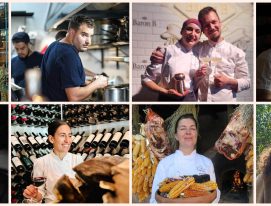30 years ago, Marcelo Miras moved to Alto Valle de Río Negro, a valley with an incredible thermal range, to take over the oenology at Bodega Humberto Canale.
A key figure in the development of the winemaking hub in San Patricio del Chañar, Neuquén, during his years as oenologist at Bodega del Fin del Mundo, today Marcelo Miras lives with his family on an estate (which includes a vineyard planted in 1958) in Mainqué, Valle Medio, Rio Negro. Marcelo Miras is also the Director of Viticulture in Río Negro and thus a supremely authoritative voice when it comes to the region and its wines.
Interview with Marcelo Miras
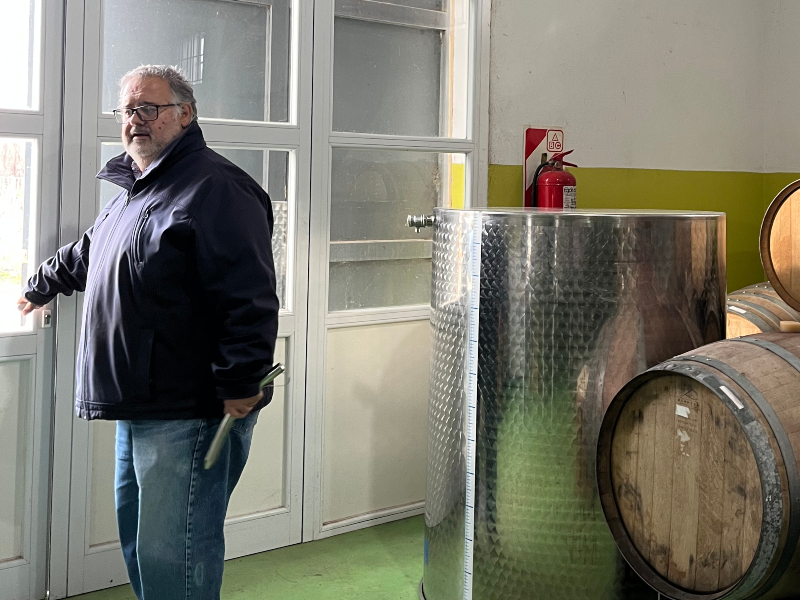
Where do you think viticulture in Río Negro is headed?
Toward high quality wines produced by old vineyards, some of which are almost 100 years old, and newer ones planted with grapes of proven quality such as Malbec, Merlot, Pinot Negro, Cabernet Franc, Cabernet Sauvignon; Sauvignon Blanc, Semillón, Chardonnay, Riesling and a few rosés such as Gewürztraminer and Pinot Grigio, among others. We’ve also seen the incorporation of new technology in the management of vines and wineries and how they improve production processes.
We’ve been doing significant work at the wineries in terms of wine tourism, offering top quality services that have a promising future, and implementing practices related to care for the environment and sustainability to establish agro-ecological viticulture; organic or biodynamic, in order to produce the best still and sparkling wines the province can.
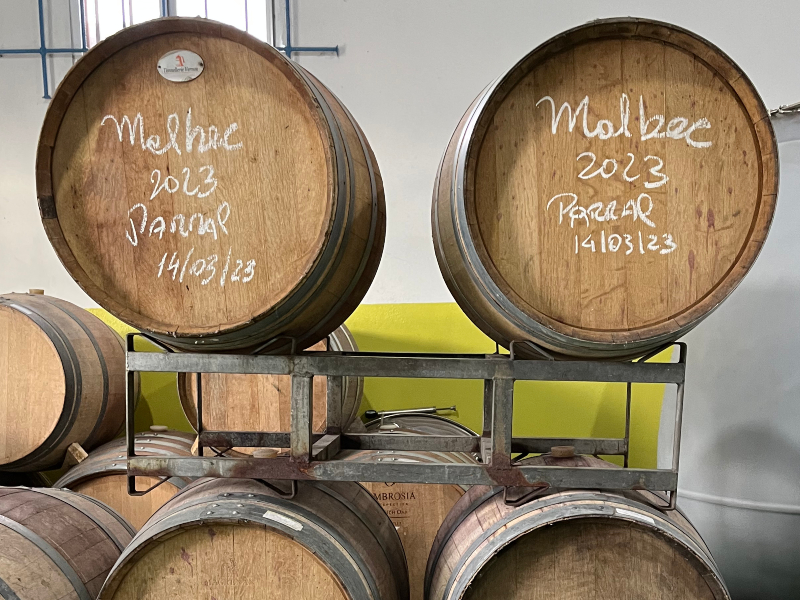
Marcelo Miras, when you arrived in the region, what did you think of its potential for viticulture and how has it transformed in the past few decades?
In the early 90s, viticulture in Patagonia was focused in Río Negro and on the production of mass-market wines, mostly “table wines”. Some wineries, such as Humberto Canale, had already set out on the path to producing higher quality varietals than were generally available on the market. I was brought to the winery by my mentor Don Raúl de la Mota.
The idea was to improve what they were doing, committing to better oenology, and thus better viticulture. Soon the results were apparent: the wines had improved markedly. New technology was also brought into the winery to improve processes and knowledge. By 1999, when Hans Vinding Diers arrived, we were making some high-quality wines. Meanwhile, elsewhere in Patagonia, other enterprises were springing up such as the vineyard Don Bernando Weinert planted in El Hoyo in Chubut (now known as Patagonian Wines); while Julio Viola and his family planted vineyards in San Patricio del Chañar (1998), in La Pampa in early 2001 and in 2003 in the 25 de Mayo region.
In Río Negro, traditional areas such as Alto Valle, Valle Medio and Valle Inferior, saw wineries set up with foreign investment, restoring old vineyards and planting new ones. All this suggested that you could produce excellent viticulture in Patagonia. Today that premise has been proven.
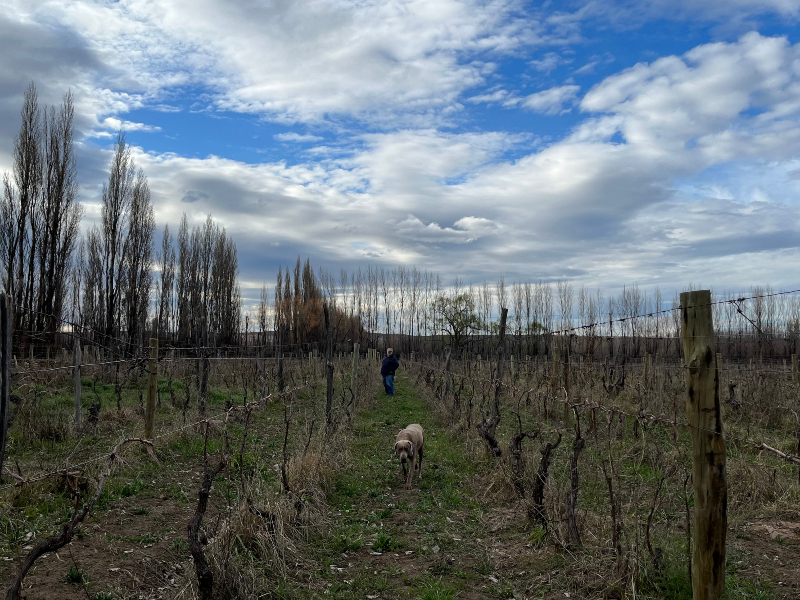
How do you think that Patagonia and its wines are seen on the market?
Wines from Patagonia have been growing in prestige on the local and international markets. Río Negro is producing viticulture that is being recognized for its quality and that is thanks to the painstaking, precise work of its small producers. Traditional wineries have also joined the process of producing high quality wines. The quest for quality viticulture is the most important heritage of the Province of Río Negro and has the greatest potential.
You’re the Director of Viticulture of Río Negro, what is your role?
To support the viticultural producers of the province, especially small producers through policies implemented by the provincial government, looking to achieve better quality grapes and the wines produced from them and interacting with local, regional, provincial and national bodies.
Río Negro has some very venerable vineyards that contain significant viticultural heritage that a lot of people are working hard to preserve. What vines are these and what is their value?
Río Negro, which has been producing wine for almost a hundred years, has a very significant viticultural heritage with grapes from different areas with different oenological qualities. Some are old vines with well-known varieties such as Malbec, Merlot, Semillón, Riesling, Cabernet Sauvignon, and Torrontés and there are other lesser-known ones such as Torrontés Mendocino (known in the area as Loca Blanca) Pedro Ximénez, Laska, Fer, Trousseau, Bastardo, or Refosco.
They all have an immense historical and oenological value. With the restoration and harvesting of these old vineyards and the production of wines with their grapes applying modern expertise and new technology, they’re producing exceptional quality wines.
What surprises do you believe that Río Negro has in store for the wine lovers of the world?
The diversity of its wine producing regions, from the sea in the Valle Inferior, through Valle Medio and up to the Alto Valle de Río Negro. All the regions run along the river, from the Andes with its nascent wine regions such as El Bolsón in the Comarca Andina. Each of these zones is capable of offering a range of attractions for tourists and exceptional oeno-gastronomical experiences thanks to the quality of the wines and the varied regional gastronomy.
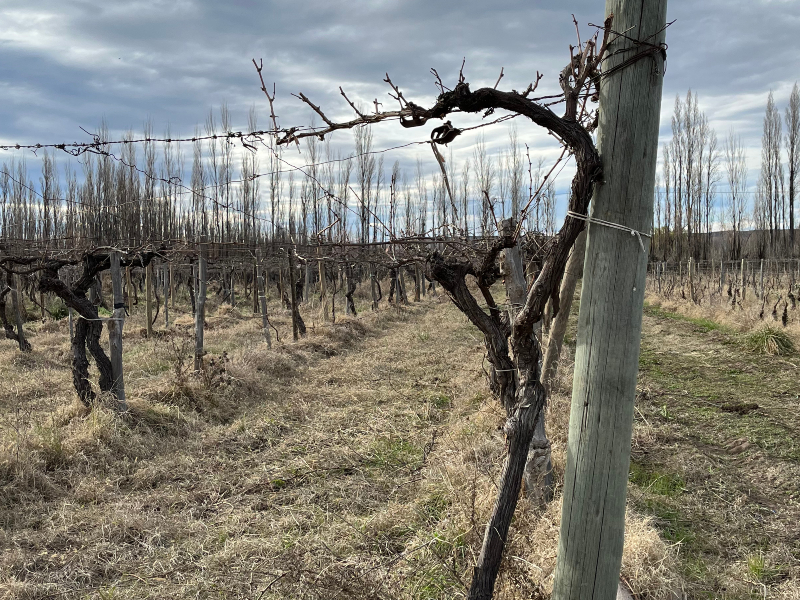
Today is the Patagonia brand is the subject of some controversy because some wineries from outside the region are intending to use it on their labels. What is your position and how can you protect the denomination of wineries in Patagonia?
The Patagonia Geographic Indication has been recognized by Argentine legislation since 2002 and can only be used by winemakers in the provinces that are part of our region. Since 2009, the Chamber of Export Wineries of Patagonia, which is made up of wineries and producers from all four viticultural provinces, has been doing tireless work promoting the wines of the region and above all protecting the use of the Patagonia/Patagonia Argentina GI.
Today, the Chamber, in association with the governments of the Patagonian provinces and national viticultural bodies, have been taking action to protect our GI on a national level. We are also working on establishing the Patagonia Argentina brand as a National Symbol. The Chamber recommends that all the wineries and producers of Patagonia apply to the National Wine Institute to register their vineyards and wineries under the Patagonia/Patagonia Argentina GI so that all the wines made and bottled can be sold with this Geographic Indication, thus strengthening our identity.



